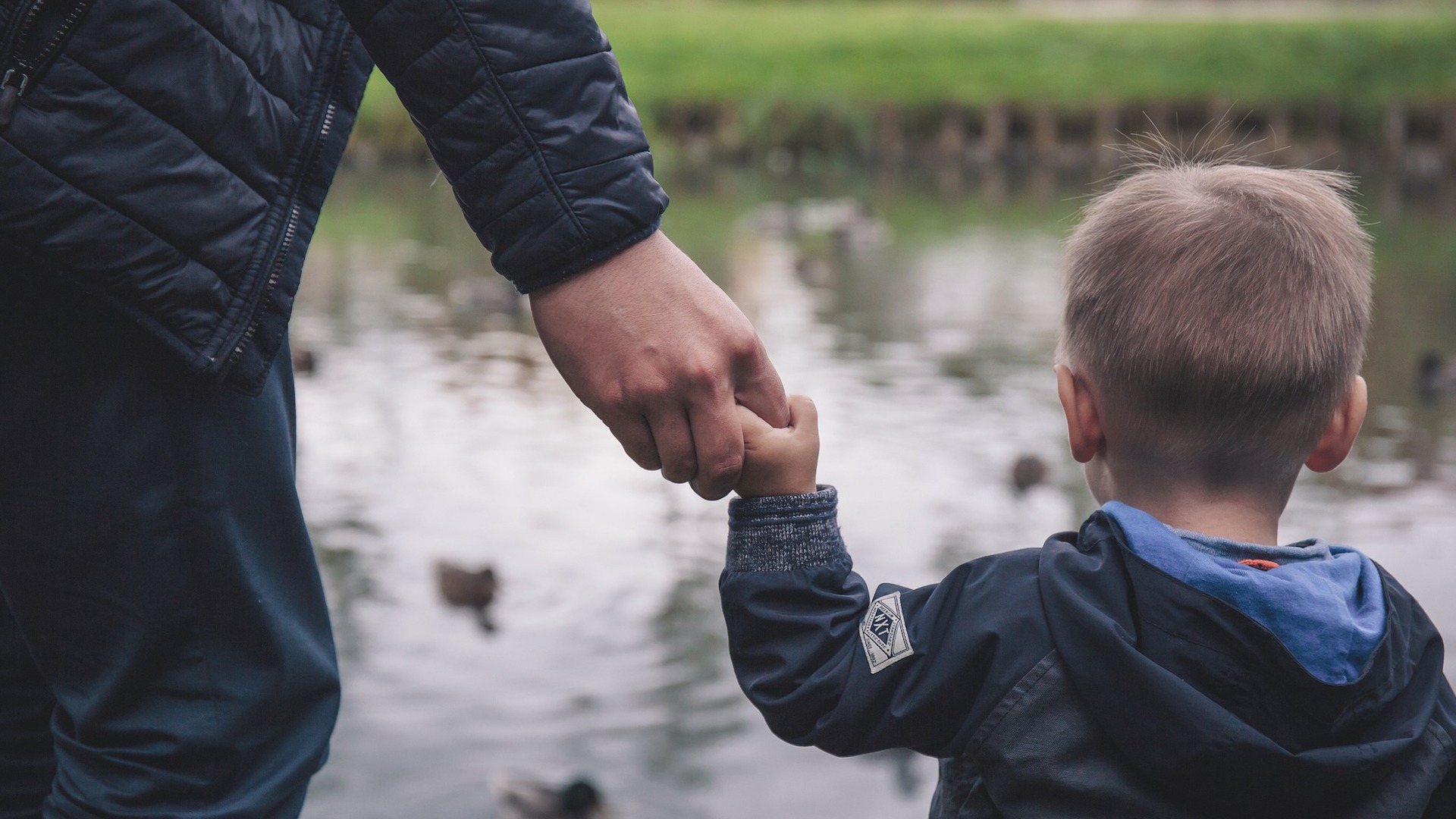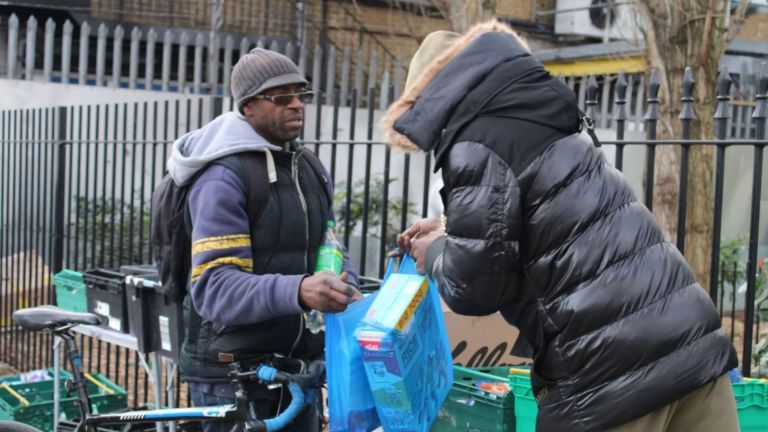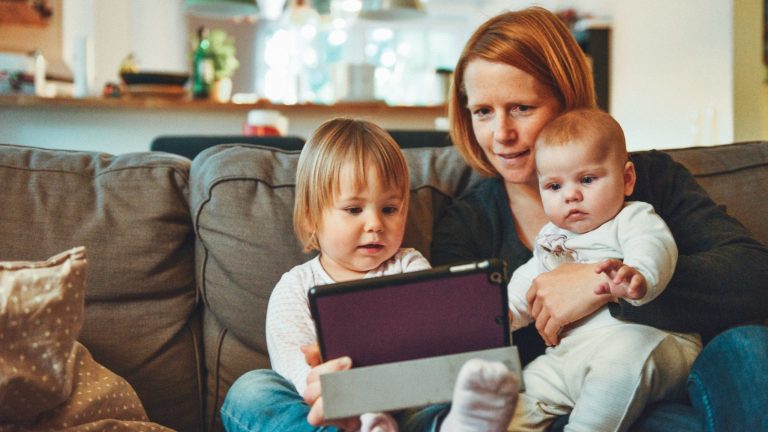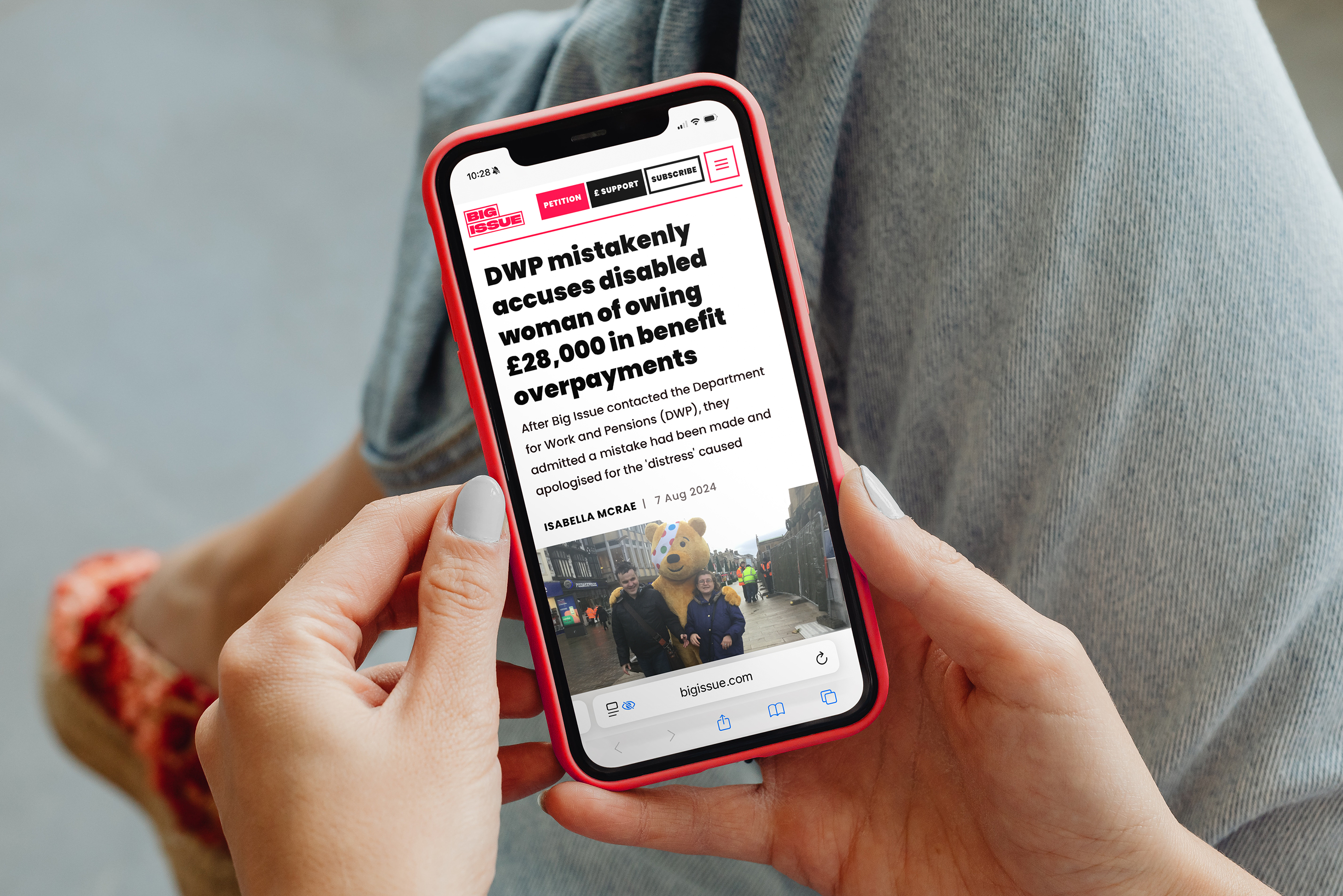A third of the North East’s rise in child poverty happened between 2019 and 2020, with families pushed into hardship by paltry wages and frozen benefits, according to the research carried out by Loughborough University.
Support The Big Issue and our vendors by signing up for a subscription
The number of children whose families struggled to make ends meet soared by 500,000 between 2015 and 2020, with 200,000 falling into hardship in the final year of the study.
Children in Wales are most likely to be pushed into poverty, with 31 per cent of kids living below the breadline compared to 30 per cent in England and 24 per cent in Scotland and Northern Ireland respectively.
The proportion of kids living in poverty whose parents or carers are in work increased sharply from 67 per cent in 2015 to 75 per cent in 2020.
“The figures speak for themselves – the situation for children couldn’t be starker,” said Anna Feuchtwang, chair of the End Child Poverty Coalition.
Advertising helps fund Big Issue’s mission to end poverty
“We all want to live in a society where children are supported to be the best they can be, but the reality is very different for too many.
“The UK government can be in no doubt about the challenge it faces if it is serious about ‘levelling up’ parts of the country hardest hit by poverty. After the year we’ve all had, they owe it to our children to come up with a plan to tackle child poverty that includes a boost to children’s benefits.”
Ministers must scrap plans to cut universal credit by £80 per month in September and extend the increase to people on so-called legacy benefits “given parents and children are having a tough enough time as it is,” she added.
Children in major cities such as London – where high housing costs were “pushing families to the brink”, researchers said – and Birmingham faced a higher risk of poverty. Bethnal Green and Bow topped the list of most poverty-stricken constituencies at nearly 60 per cent, followed by Hackney South and Shoreditch at 56 per cent.
Nearly 55 per cent of kids in Birmingham’s Ladywood constituency were living in poverty before the pandemic.
Advertising helps fund Big Issue’s mission to end poverty
Child poverty increased in every Scottish council area, the research showed, with nearly a third of Glasgow kids facing hardship.
Holyrood politicians launched the Scottish Child Payment in February, giving low-income parents and carers £40 every four weeks for every child under six. But campaigners have since called for the payment to be doubled to £20 per week to tackle rising child poverty.
The scheme handed out £3.6 million in payments over two months to the families of around 78,775 children.
“By putting money in the pockets of its poorest families, Scotland has taken a welcome step in the right direction in its efforts to tackle child poverty,” said Imran Hussain, director of policy and campaigns at Action for Children.
“Whilst Westminster’s universal credit uplift has been a lifeline for many, it needs to do far more to support struggling families across all of the UK, many of whom are in work and doing their best to hold their heads above water after a traumatic 14 months that have seen hours cut and wage packets slashed.
“It needs to make the uplift permanent for all universal credit and working tax credit claimants – and extend it to legacy benefit claimants – to prevent a generation of vulnerable children from being scarred by poverty and the pandemic.”
Advertising helps fund Big Issue’s mission to end poverty






